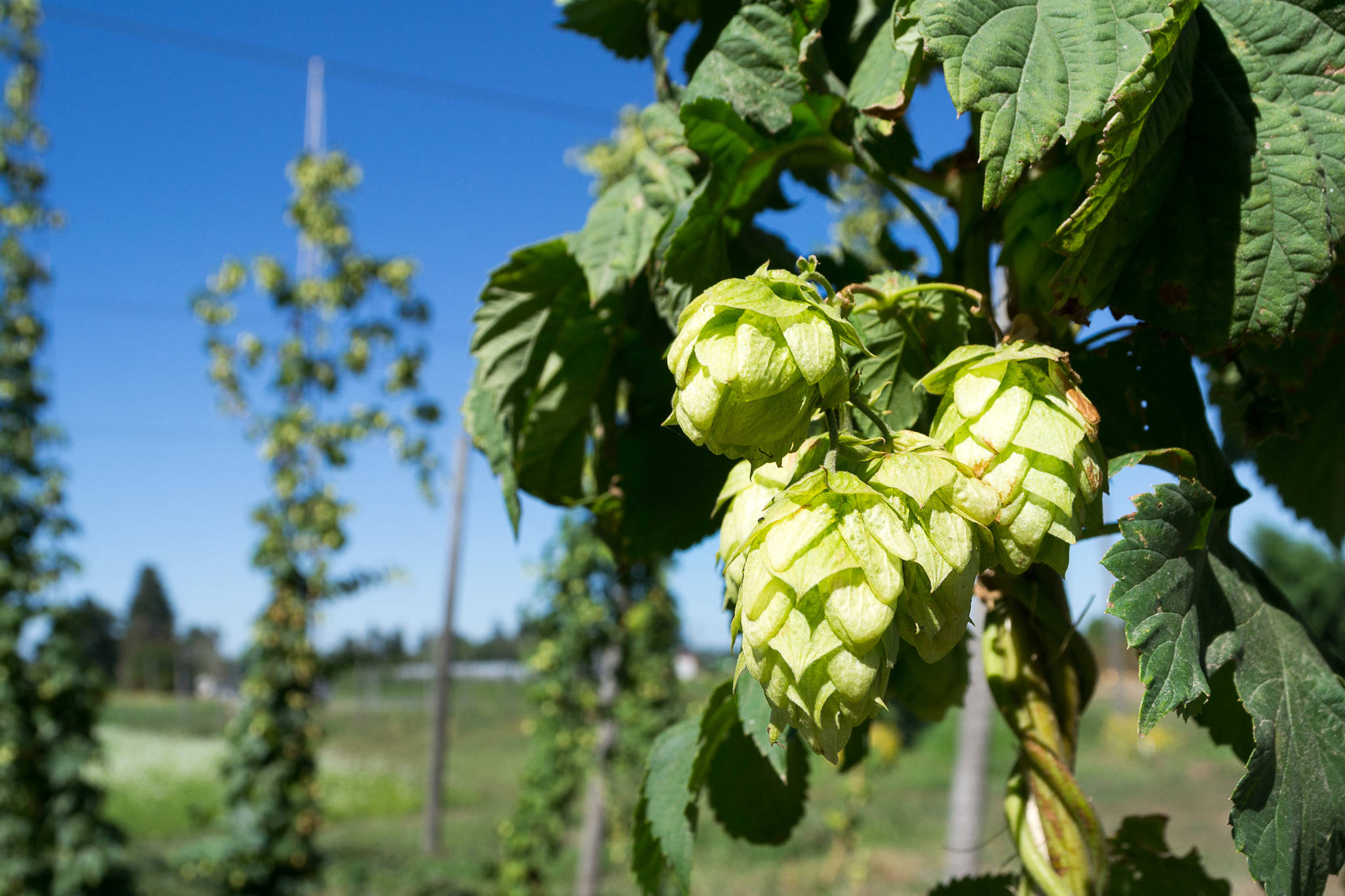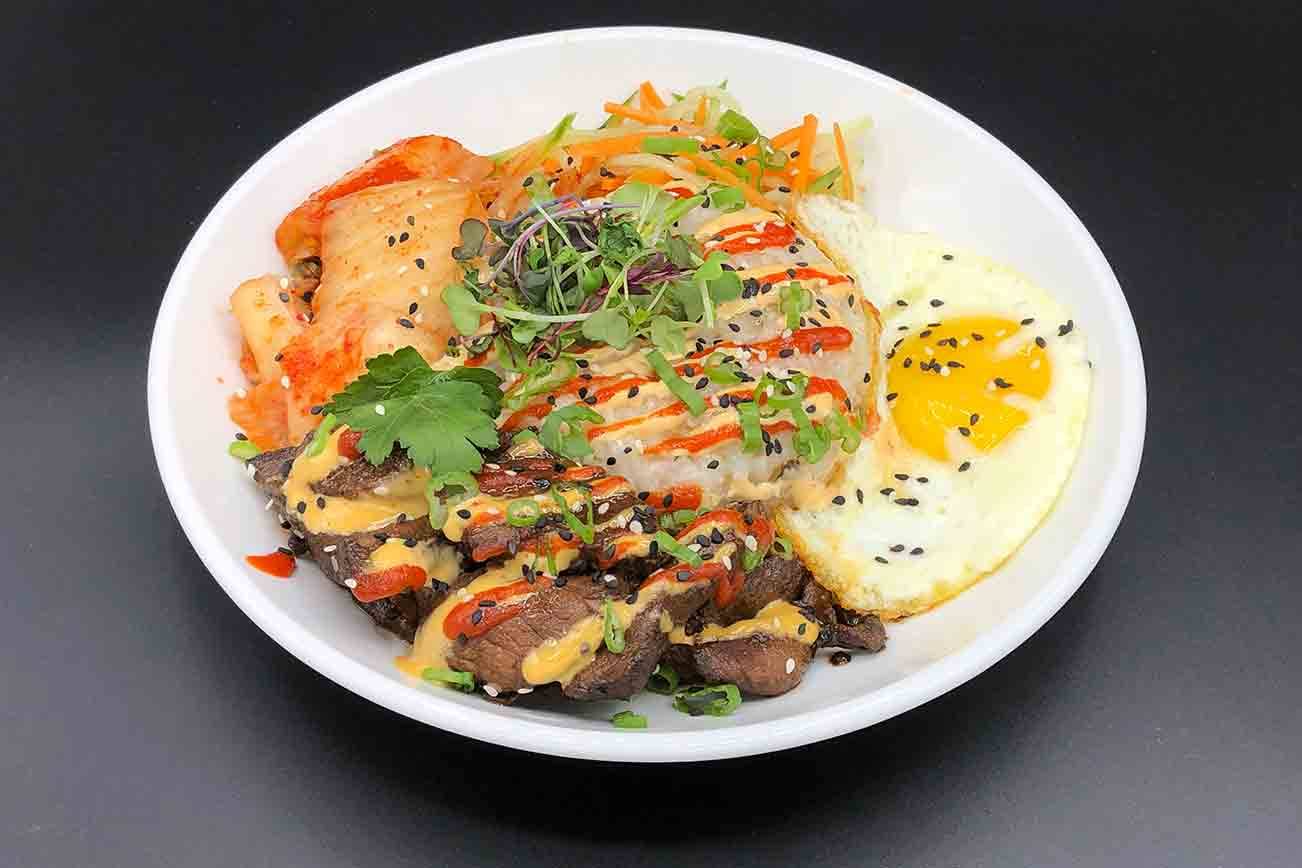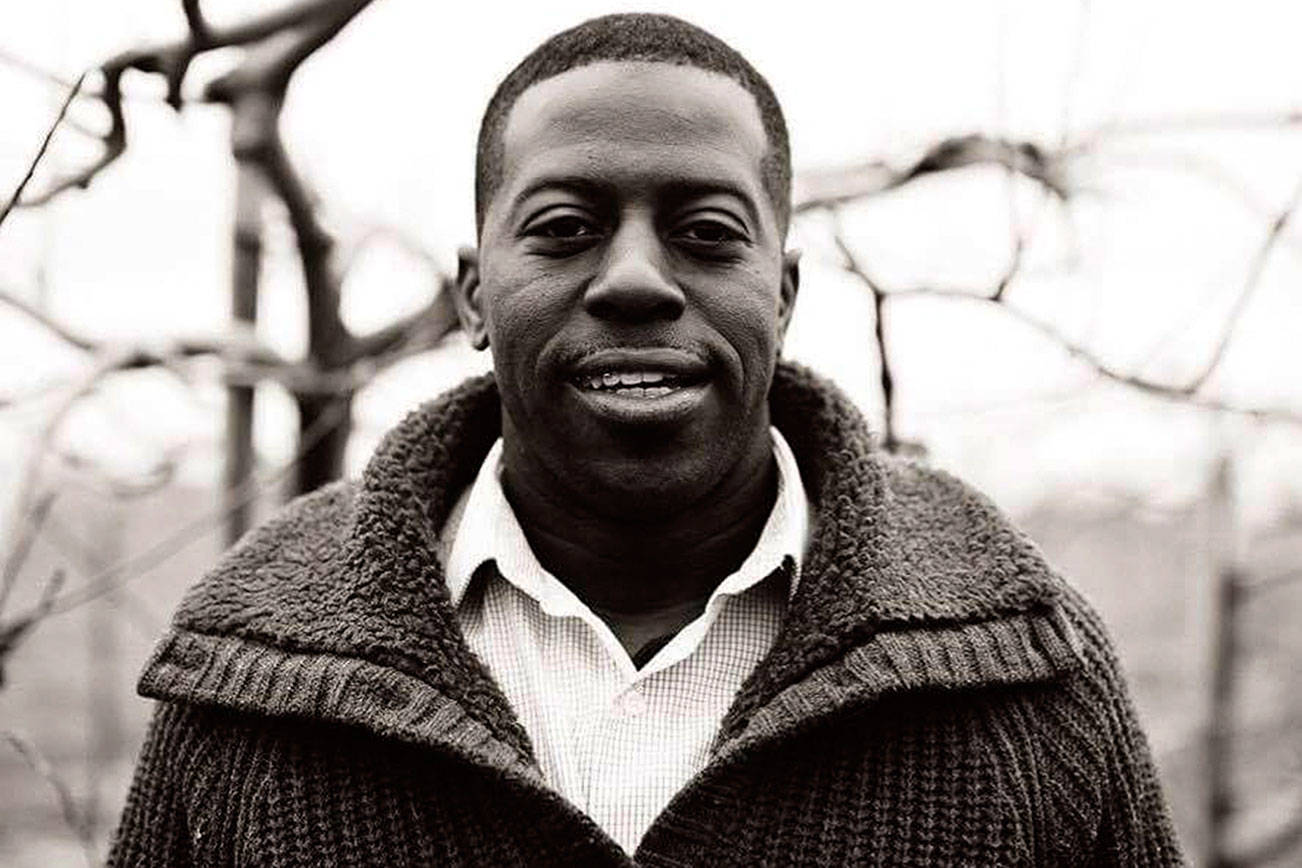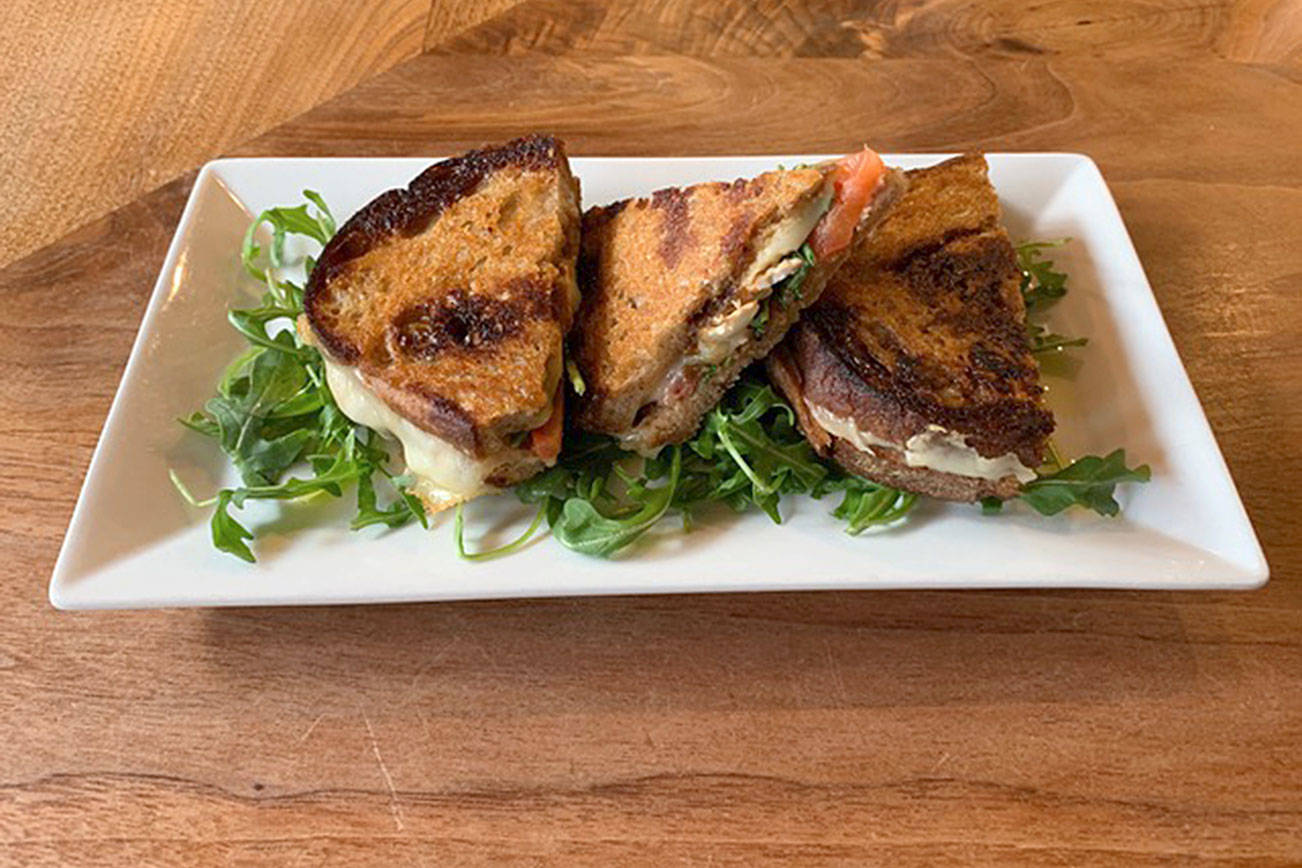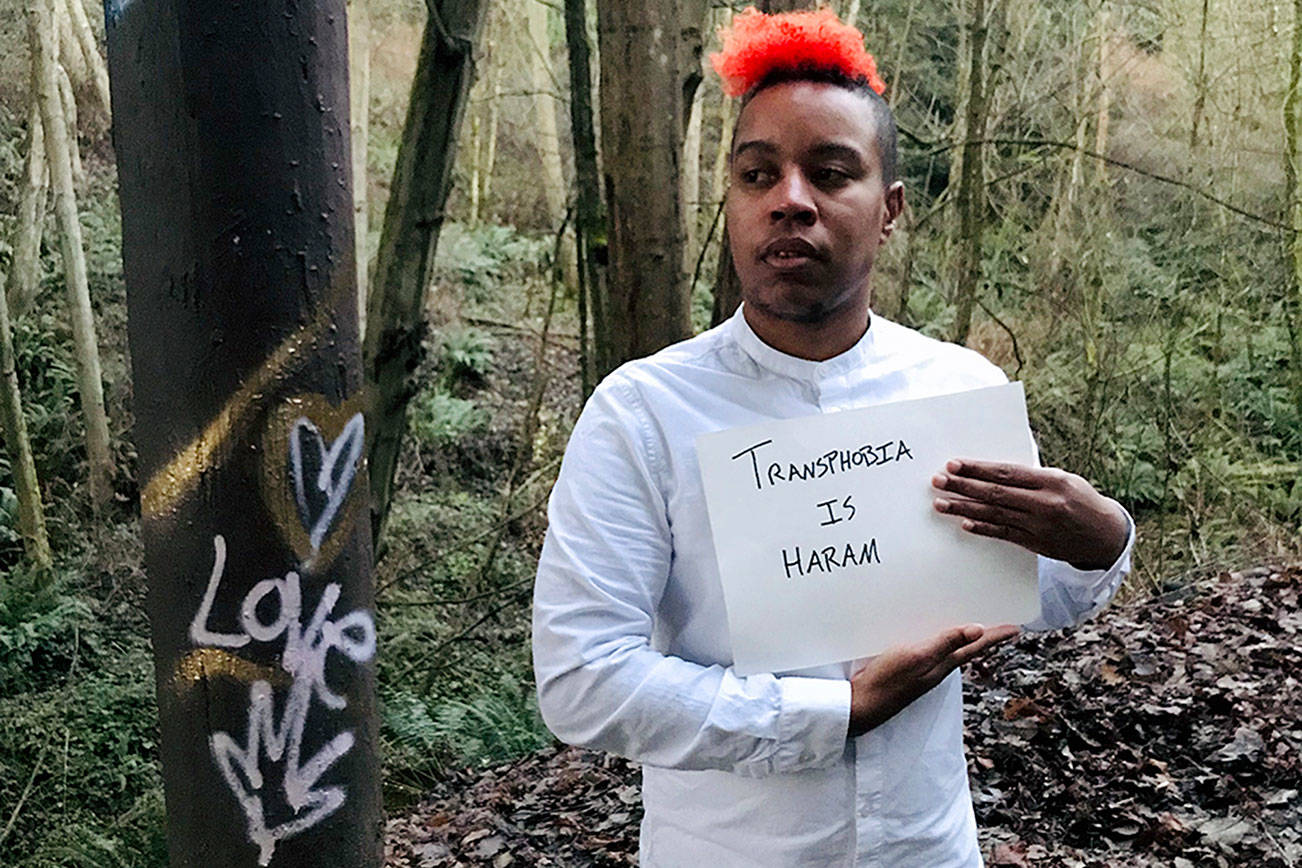If you’re going to talk about beer, you’ve gotta be able to talk about hops, those little green, pine cone-shaped buds that work double time to flavor and preserve your brew. What beers use hops prominently, which hops do they use, and what are their properties? Great questions! Let’s find out.
Beer, which is made from boiling grains and malts in water and adding yeast, is flavored and preserved with hops, which differ depending on the beer style and where it is made. Some hop strains have gone extinct, but many remain. First and foremost, in the Pacific Northwest, is the mighty Cascade.
If you’ve ever had a Sierra Nevada Pale Ale, perhaps the country’s most famous hoppy beer, you know what Cascade hops taste like. Big, bright, a little piney, and very citrusy, they basically started the modern hop revolution. It’s largely thanks to this ale that your neighborhood pub has seven IPAs on tap. Other prominent PNW hops likely in your favorite sunset-hued, aromatic brew are Centennial and Chinook (also very bright), Citra (citrusy), and Simcoe (bitter and earthy).
Georgetown Brewery’s co-founder and Pale Ale namesake, Manny Chao, says his brewery uses “Cascade for Manny’s, [and] now Citra is also a big hop for us.” One of the brewery’s latest, most popular beers, the Johnny Utah Citra Pale Ale, uses—you guessed it—Citra. Odin Brewing co-founder Dan Lee says his brewery also prominently uses Cascade hops, and Adam Robbings of Reuben’s Brews says “Our hop contracts [are with] the two biggest varietals, Citra and Simcoe.”
But what hops do British, German, Czech, and other beers use? British ales, for the most part, use East Kent Goldings and Fuggle hops. While the IPA originated in the UK (the world’s most famous modern craft beer was originally shipped to India), brewers used rounder, milder hops. European palates weren’t yet conditioned to big, edged, sharp beers like modern IPAs, but to heavy, malty porters—dark beers that satisfied in the rainy gray of London. And the mild-tasting hops continue to persist today in their traditional Strong Ales and English Style Bitters.
But in Germany and Eastern Europe, where pilsner and lager reign supreme, brewers don’t want palates bogged down with hoppy heft, so they turn to hops that won’t overtake a drinker’s palate: Saaz and Tettnanger, which provide light, mild flavors. Makes sense, right?
American hops tend to have more citrus and pine notes. English hops are more floral, less citrusy. And German hops are more floral and earthy, on the whole. That hops can make beer amazing—turning it from a sugary, syrupy tea into an effervescent, bright, delicious concoction—is a pleasure to the palate. That it can do so in so many different ways is truly a wonder of the world.
beerhunting@seattleweekly.com
